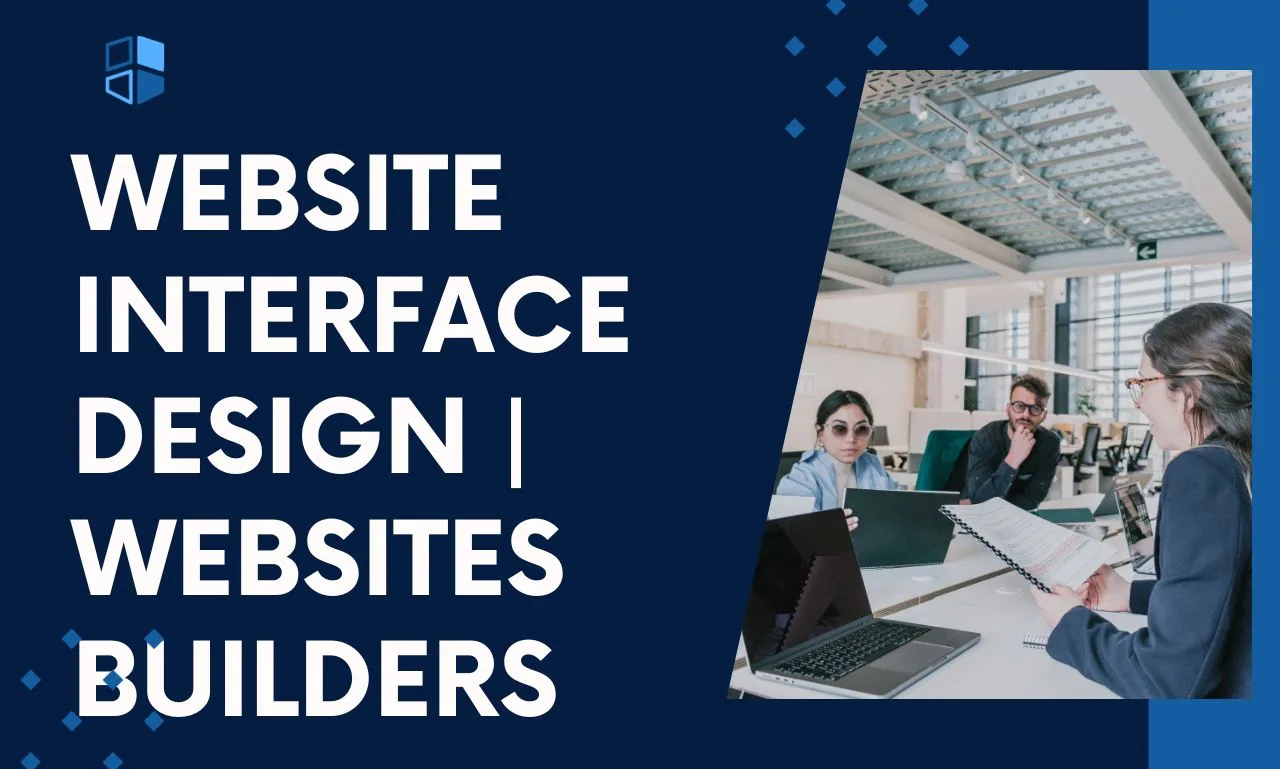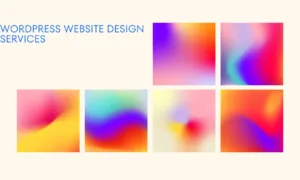website interface design | websites builders
The Art of Website Interface Design: Empowering Creativity with Website Builders
In the fast-paced digital age, a well-crafted website is an invaluable asset for businesses and individuals alike. It serves as a digital storefront, a portfolio, and a means of communication with the global audience. However, creating a website used to be a complex and often expensive endeavor. That was until the advent of website builders, which revolutionized the landscape of web design. In this article, we delve into the world of website interface design and explore how website builders have empowered creativity and accessibility in the realm of online presence.
Understanding Website Interface Design
Before we dive into the transformative power of website builders, let’s establish a foundational understanding of website interface design. This term encompasses the visual and interactive elements of a website, which are crucial for attracting and engaging visitors. Effective website interface design encompasses several key principles:
- User-Friendly Navigation: An intuitive navigation system ensures that visitors can easily find the information they seek. Clear menus, well-organized content, and a logical flow contribute to a positive user experience.
- Aesthetics and Branding: The design should reflect the brand’s identity and convey its message effectively. This involves selecting an appropriate color scheme, typography, and imagery that resonate with the target audience.
- Responsive Design: With the prevalence of mobile devices, a responsive website design is essential. It ensures that the site looks and functions well on various screen sizes and devices.
- Loading Speed: Slow-loading websites can deter visitors. Optimizing images, minimizing code, and leveraging content delivery networks (CDNs) are common techniques to enhance loading speed.
- Accessibility: Websites should be designed to be inclusive, with considerations for users with disabilities. This includes providing alternative text for images and ensuring compatibility with screen readers.
Now that we have a grasp of website interface design, let’s explore the role of website builders in simplifying and enhancing this process.
The Rise of Website Builders
Website builders are online platforms that allow individuals and businesses to create websites without extensive coding or design knowledge. They provide a user-friendly, drag-and-drop interface that simplifies the web design process. Here’s how they have transformed website creation:
1. Accessibility for All
Website builders have democratized web design. In the past, creating a website often required hiring a web developer or designer, which could be costly. With website builders, anyone, regardless of their technical background, can create a professional-looking website. This accessibility has empowered entrepreneurs, artists, and small businesses to establish a strong online presence.
2. Templates and Customization
Most website builders offer a wide range of professionally designed templates that serve as a starting point for customization. Users can select a template that aligns with their brand or vision and then personalize it to suit their needs. This balance between structure and customization ensures that websites are both visually appealing and unique.
3. Responsive Design Made Easy
Responsive design is a critical aspect of modern web design, given the diverse range of devices people use to access websites. Website builders simplify this by automatically optimizing websites for various screen sizes. Users can preview and adjust the mobile and tablet versions of their site, ensuring a seamless user experience.
4. SEO-Friendly Features
Search engine optimization (SEO) is vital for visibility on the web. Many website builders come equipped with built-in SEO tools and guides, making it easier for users to optimize their content for search engines. This includes features like meta tags, sitemaps, and clean HTML code.
5. Cost-Effective Solutions
Traditional web development can be expensive, particularly for small businesses and startups. Website builders offer cost-effective solutions, often on a subscription basis. This budget-friendly approach allows organizations to allocate resources to other aspects of their online strategy.
Best Practices for Using Website Builders
While website builders offer a user-friendly approach to web design, it’s essential to follow best practices to create a website that stands out and serves its purpose effectively:
- Plan Your Content: Before you start building, outline your website’s content and structure. This will help you choose the right template and ensure a logical flow of information.
- Optimize Images: High-quality images enhance the visual appeal of your website, but they should be appropriately optimized for the web to avoid slow loading times.
- Regular Updates: Keep your website fresh by updating content and adding new features or blog posts. Regular updates signal to both visitors and search engines that your site is active and relevant.
- Test on Multiple Devices: Ensure that your website looks and functions well on various devices and browsers by testing thoroughly.
- Monitor Performance: Use web analytics tools to track the performance of your website. This data can help you make informed decisions to improve user engagement and conversion rates.
Conclusion
Website interface design is a dynamic and essential component of the online experience. Thanks to website builders, the barriers to entry in web design have been significantly lowered. These platforms have made it possible for individuals and businesses to create attractive, functional, and accessible websites with ease. By following best practices and staying attuned to evolving design trends, anyone can harness the power of website builders to make their online presence shine in the digital landscape.


